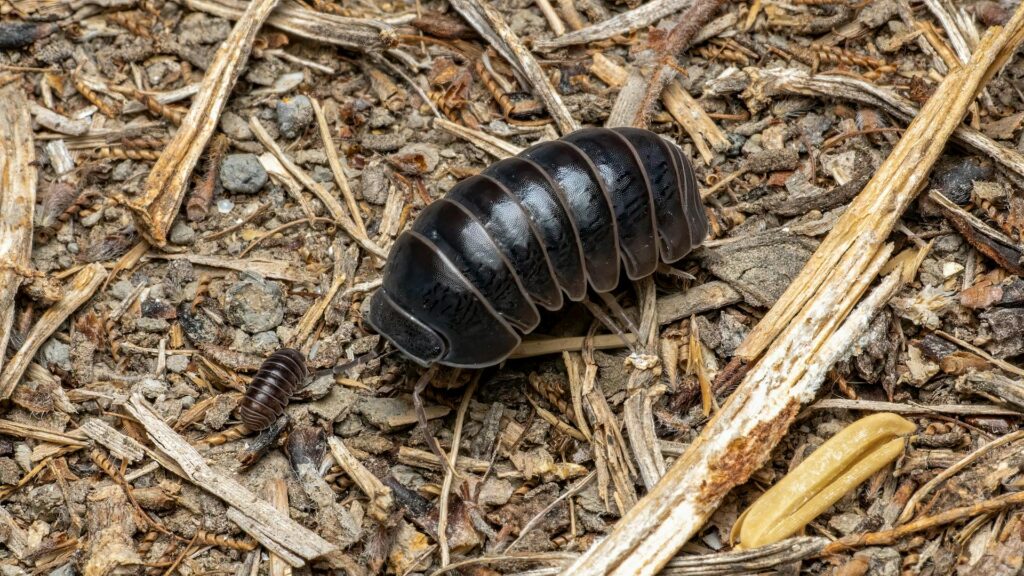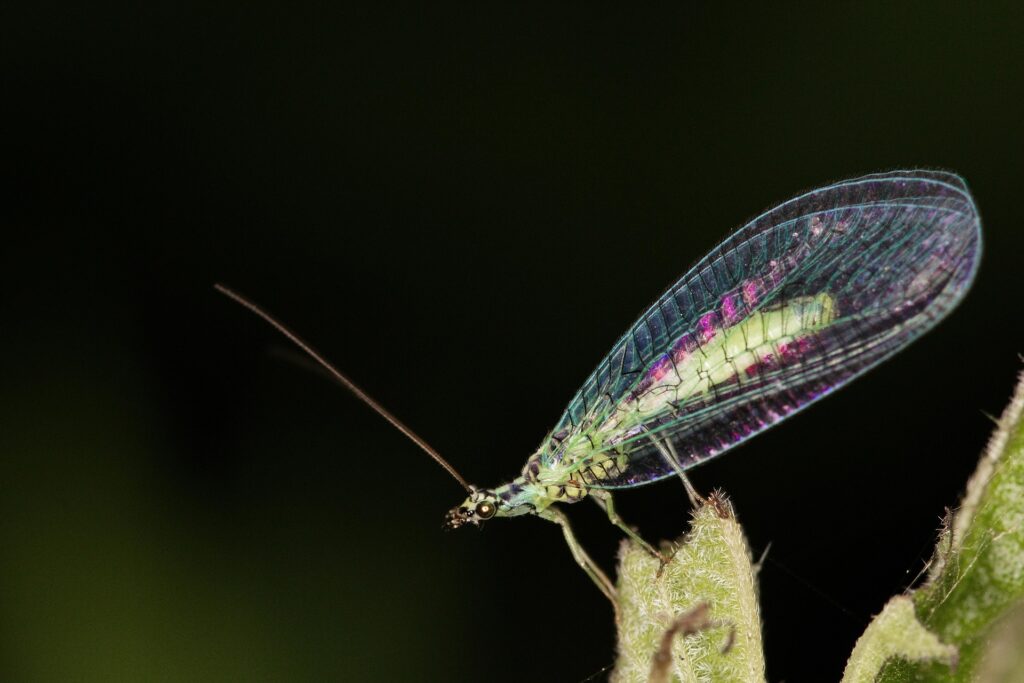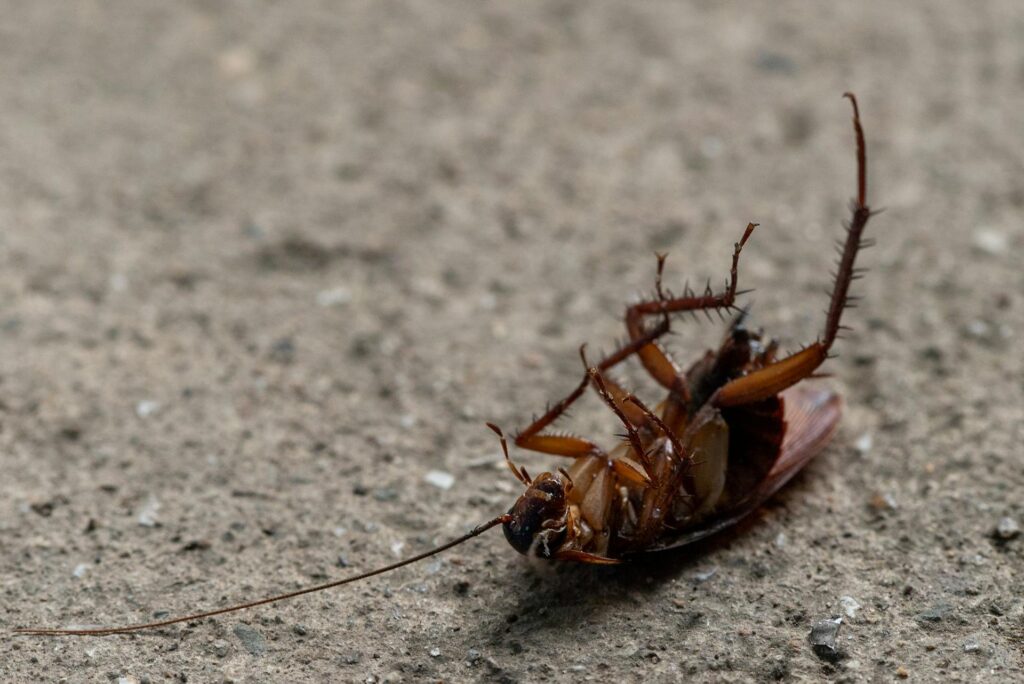When you spot a large, dark cockroach scurrying across your floor or hiding in corners, you’re likely encountering either a smokybrown cockroach or an oriental cockroach. These two species rank among the largest and most noticeable cockroaches found throughout the United States, each displaying distinctive characteristics, behaviors, and habitat preferences that influence how they invade and establish themselves in residential properties.
Understanding these differences proves crucial for effective pest management. Accurate species identification enables targeted cockroach control strategies and helps you locate the specific sources supporting their presence in your home, leading to more successful elimination efforts tailored to each species’ unique requirements and vulnerabilities.
Appearance: What They Look Like Up Close
While both species share similar large size and dark coloration, several distinctive physical features help differentiate between smokybrown and oriental cockroaches when you encounter them in your home.
Smokybrown Cockroach Identification:
- Size ranges from 1.25 to 1.5 inches in length.
- Uniform dark brown or rich mahogany coloration throughout the body.
- Fully developed wings extending beyond the abdomen in both males and females.
- Smooth, glossy body surface with a distinctly shiny appearance.
- Prominently long antennae that are easily visible.
- Strong flying capability, often seen airborne near light sources.
Oriental Cockroach Identification:
- Slightly smaller size ranging from 1 to 1.25 inches in length.
- Deep black or very dark reddish-brown coloration with a pronounced shine.
- Females possess short, non-functional wing stubs while males have longer wings that still prevent flight.
- More rounded, robust body shape compared to the sleeker smokybrown profile.
- Notably slower, more deliberate movement patterns.
- Cannot fly despite wing presence in males.
The most reliable identification method involves observing their wings and flight capabilities. If you see a large dark cockroach flying toward lights or moving quickly across ceilings, you’re likely dealing with a smokybrown cockroach. Oriental cockroaches, conversely, remain ground-bound and move with distinctly slower, more labored movements.
Habitat: Where You’ll Find Them
Understanding where you discover these cockroaches provides excellent clues for accurate species identification, as smokybrown and oriental cockroaches demonstrate markedly different environmental preferences that influence their chosen living areas.
Smokybrown Cockroach Habitats
These warmth-loving insects thrive in hot, humid climates and typically establish themselves in elevated locations throughout residential properties. You’ll commonly find them around rooflines, soffit areas, attic spaces, and exterior vents where they can access warm, moist conditions. Outdoors, they prefer tree hollows, woodpiles, thick mulch beds, and leaf litter accumulations.
Their attraction to artificial lighting often leads to nighttime appearances on porch ceilings, around outdoor fixtures, and near well-lit windows. While primarily outdoor dwellers, they readily enter homes during extreme weather events, seeking stable shelter and consistent moisture sources, particularly during summer heat waves or severe storms.
Oriental Cockroach Habitats
These moisture-dependent insects gravitate toward cool, consistently damp environments, almost exclusively remaining at or below ground level. Typical indoor locations include basement areas, floor drains, crawl spaces, utility rooms, and areas beneath kitchen or bathroom sinks where plumbing provides ongoing moisture.
They frequently gain access through sewer connections, foundation cracks, or drainage systems, earning them the common nickname “water bugs” due to their association with water-related infrastructure. Unlike smokybrown cockroaches, orientals rarely venture above the main floor level and actively avoid well-lit areas.
Behavior: What Each Species Does Differently
Observing cockroach behavior patterns provides additional identification assistance, as these species demonstrate distinctly different responses to environmental stimuli and movement capabilities that help distinguish between them during encounters.
Smokybrown Cockroach Behaviors
These agile insects demonstrate excellent climbing abilities and strong flight capabilities, allowing them to access elevated locations throughout homes and yards. They remain most active during warm temperature periods and show high sensitivity to dehydration, requiring consistent access to moisture-rich environments for survival.
Their strong attraction to artificial lighting creates distinctive behavioral patterns—you’ll often observe them flying toward porch lights, gathering around illuminated windows, or appearing on outdoor walls near light fixtures during evening hours. When disturbed, they typically respond with rapid movement or flight toward dark hiding locations.
Oriental Cockroach Behaviors
These insects display notably limited mobility compared to smokybrown cockroaches. They cannot climb smooth vertical surfaces like glass or polished metal, restricting their movement to textured surfaces and ground-level pathways. Their slow, deliberate movement patterns make them appear sluggish compared to other cockroach species.
They demonstrate strong preferences for cooler environmental conditions and show remarkable tolerance for temperature fluctuations that would stress other species. Their close association with drainage systems and sewer infrastructure often leads to appearances following heavy rainfall or plumbing disruptions. When exposed to light, they move slowly toward dark hiding spots rather than displaying the rapid escape responses typical of other cockroaches.
Health Risks and Concerns
Both smokybrown and oriental cockroaches present similar health and sanitation concerns for homeowners, as their lifestyle habits expose them to numerous contamination sources that they can subsequently transfer throughout residential environments.
Shared health risks include:
- Food contamination through direct contact or fecal deposits.
- Surface contamination in kitchens, bathrooms, and dining areas.
- Respiratory irritation from allergens present in shed skin particles and fecal matter.
- Unpleasant odors from defensive secretions and accumulated waste.
- Potential bacterial transmission including salmonella and staphylococcus species.
Neither species possesses biting or stinging capabilities, but their contamination potential makes them significant health concerns requiring prompt elimination. Children, elderly individuals, and those with compromised immune systems face elevated risks from cockroach-related contamination, particularly in kitchens and food storage areas where contact with food is most likely.
When to Ask for Professional Help
When large cockroach problems persist despite your best prevention efforts, professional intervention can accurately identify which species you’re dealing with and implement targeted control strategies tailored to their specific behaviors and habitat preferences.
Our pest control specialists provide thorough property assessments that can distinguish between cockroach species like smokybrown and oriental cockroaches, often revealing harborage areas and entry points homeowners overlook.
Our pest control service focuses on creating long-term protection through pest-specific strategies that account for different behaviors and habitat preferences. Contact us for a free quote to identify and eliminate your specific cockroach problem.









